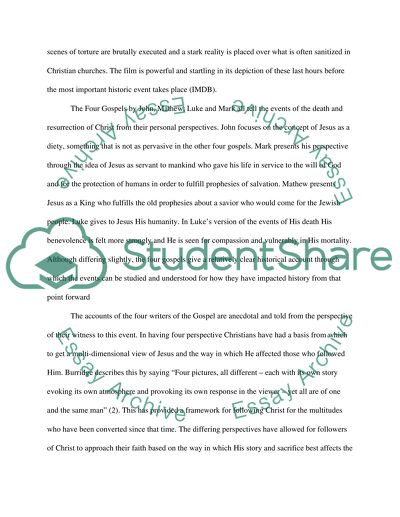Cite this document
(“The Passion of the Christ (2004): Comparison to the Gospels Essay”, n.d.)
Retrieved from https://studentshare.org/religion-and-theology/1476731-the-passion-of-the-christ-2004-comparison-to-the-gospels
Retrieved from https://studentshare.org/religion-and-theology/1476731-the-passion-of-the-christ-2004-comparison-to-the-gospels
(The Passion of the Christ (2004): Comparison to the Gospels Essay)
https://studentshare.org/religion-and-theology/1476731-the-passion-of-the-christ-2004-comparison-to-the-gospels.
https://studentshare.org/religion-and-theology/1476731-the-passion-of-the-christ-2004-comparison-to-the-gospels.
“The Passion of the Christ (2004): Comparison to the Gospels Essay”, n.d. https://studentshare.org/religion-and-theology/1476731-the-passion-of-the-christ-2004-comparison-to-the-gospels.


